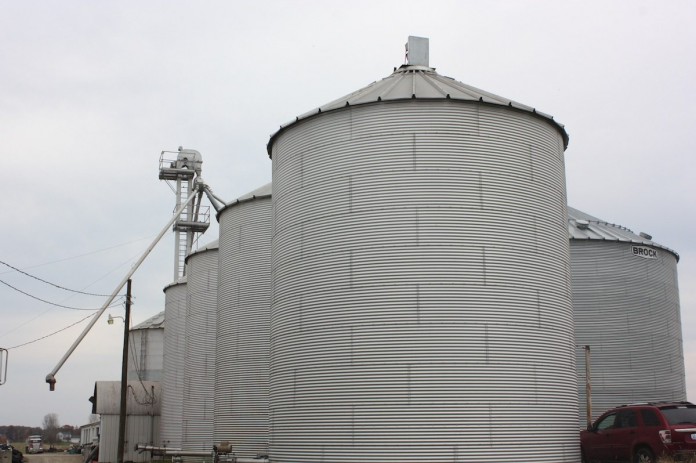Wait to make any large investments in land or buildings until the market stabilizes.
WEST LAFAYETTE, Ind. — Grain producers should consider cutting costs to prepare for what could be several years of lower crop prices, say Purdue University agricultural economists.
“The message right now is maintain your liquidity and protect your working capital,” said Michael Boehlje, a specialist in agricultural finance. “That means holding onto your savings and keeping a very close eye on your bottom line.”
Restructure debt
A good first step, he said, would be to restructure any outstanding debt.
“If you have short-term loans, leases or purchase agreements, talk to your lender and see if you can extend the term to reduce your monthly payments,” he said. “Many lenders have become risk-averse in this environment and might not be willing to refinance, but it would be a good idea to look into the possibility as soon as possible.”
Postpone purchases
Chris Hurt, a marketing specialist, said there were plenty of other ways for farmers to tighten their belts, including streamlining their operations to become more efficient and avoiding any unnecessary purchases.
“Many farmers bought new trucks, tractors or combines over the past few years, so the good news is that they don’t have to worry about replacements,” he said.
He suggested that producers think about deferring any large investments in land or buildings until the market stabilizes.
Market reality
Nearly ideal weather conditions this summer should result in record corn and soybean yields. Expectations of large global grain supplies have driven prices down to their lowest levels since 2010, when corn was selling at about $3 per bushel.
“Current futures prices are suggesting that over the next few years, we may see corn prices average near $4 a bushel and soybeans around $10 per bushel,” Hurt said.
“Total costs of production today are closer to $5 for corn and $12 for soybeans. So, significant downward adjustments will need to be made in costs, or market prices will have to recover,” he said.
Net incomes will drop
With lower prices, crop farm incomes are under downward pressure. Hurt estimates that net incomes for the crop sector in Indiana will drop by 30 percent in 2014 compared to last year and another 35 percent decline is likely for 2015.
The grain sector could continue to face downward pressure for the next few years but a collapse is unlikely, Hurt said.
Several key economic factors — including slowly growing demand for grain and low interest rates — indicate the sector could be headed for a soft landing rather than a crash.
“Historically, the market has gone through boom and bust cycles,” he said. “This looks more like a boom-moderation cycle.
“Most farm families will be able to adjust, but they will have to make changes.”
How long?
Hurt said downturns in the agriculture sector can last three to five years, or longer. Then again, he said, there are forces that could ease some the downward pressure, including greater grain demand from China, higher biofuel mandates from the U.S. government and bad global weather in maize grain (corn)–producing regions.
“World grain supplies are adequate, but they are not at surplus levels. This means prices can recover with smaller production, or over time as usage builds,” Hurt said.










